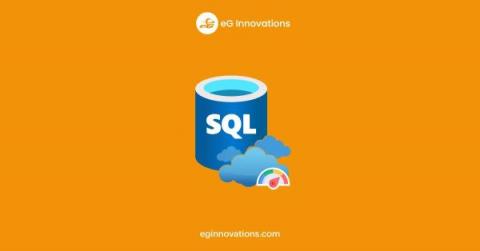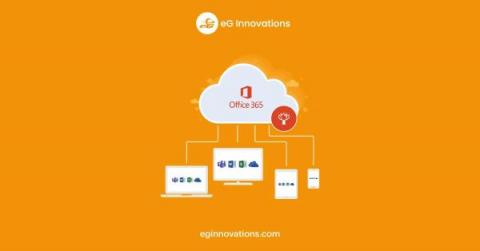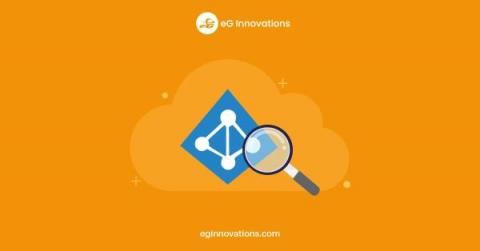How JMX Monitoring Works for Java Applications
The Java Management Extensions (JMX) framework is a Java technology that includes tools for managing and monitoring applications, system objects, and service-oriented networks. The JMX framework is designed to simplify the management of local and remote Java applications. The JMX framework introduces the concept of MBeans for real-time management of applications, whereby resources are represented by objects called MBeans (Managed Beans).











